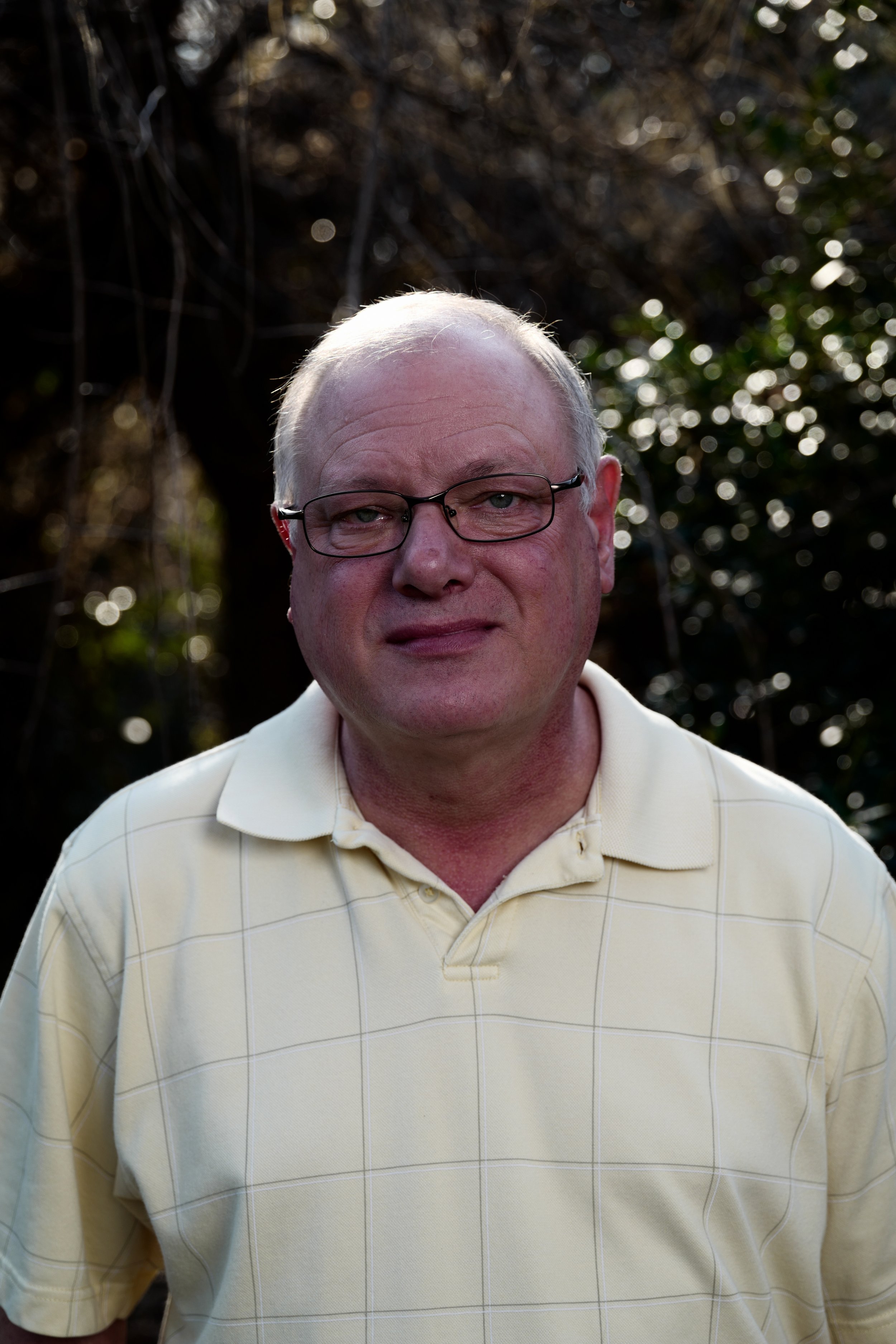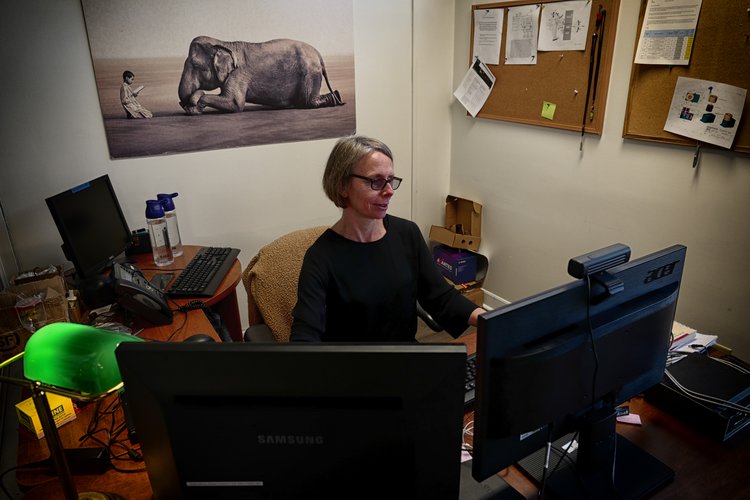The 10-Minute Rule for Circular Dichroism
The 10-Minute Rule for Circular Dichroism
Blog Article
Spectrophotometers Can Be Fun For Anyone
Table of ContentsTop Guidelines Of SpectrophotometersExcitement About Uv/vis/nirSome Known Factual Statements About Circular Dichroism Uv/vis/nir Things To Know Before You BuyThe Best Strategy To Use For Uv/vis

Spectrophotometry is a tool that hinges on the quantitative analysis of particles depending on how much light is taken in by colored substances.
An Unbiased View of Uv/vis/nir
A spectrophotometer is typically utilized for the measurement of transmittance or reflectance of options, transparent or nontransparent solids, such as refined glass, or gases. Many biochemicals are colored, as in, they take in visible light and therefore can be measured by colorimetric treatments, even colorless biochemicals can often be converted to colored compounds appropriate for chromogenic color-forming reactions to yield substances ideal for colorimetric analysis.: 65 Nevertheless, they can also be developed to measure the diffusivity on any of the listed light ranges that normally cover around 2002500 nm using different controls and calibrations.
An example of an experiment in which spectrophotometry is used is the decision of the stability constant of an option. A certain chain reaction within a solution might happen in a forward and reverse direction, where reactants form products and products break down into reactants. At some point, this chain reaction will reach a point of balance called a balance point.
The Spectrophotometers PDFs
The amount of light that passes through the service is a sign of the concentration of certain chemicals that do not permit light to pass through. The absorption of light is because of the interaction of light with the electronic and vibrational modes of particles. Each type of particle has an individual set of energy levels related to the makeup of its chemical bonds and nuclei and thus will take in light of particular wavelengths, or energies, leading to special spectral residential or commercial properties.
Making use of spectrophotometers spans different scientific fields, such as physics, products science, chemistry, biochemistry. UV/Vis/NIR, chemical engineering, and molecular biology. They are extensively utilized in numerous industries consisting of semiconductors, laser and optical production, printing and forensic evaluation, along with in labs for the research study of chemical compounds. Spectrophotometry is typically used in measurements of enzyme activities, determinations of protein concentrations, decisions of enzymatic kinetic constants, and measurements of ligand binding reactions.: 65 Ultimately, a spectrophotometer is able to figure out, depending on the control or calibration, what substances are present in a target and exactly how much through calculations of observed wavelengths.
Created by Arnold O. Beckman in 1940 [], the spectrophotometer was produced with the help of his colleagues at his company National Technical Laboratories established in 1935 which would become Beckman Instrument Business and eventually Beckman Coulter. This would come as an option to the formerly developed spectrophotometers which were not able to absorb the ultraviolet correctly.
The Ultimate Guide To Circularly Polarized Luminescence
It would be found that this did not provide acceptable results, therefore in Model B, there was a shift from a glass to a quartz prism which enabled better absorbance results - UV/Vis/NIR (https://sketchfab.com/olisclarity1). From there, Design C was born with a change to the wavelength resolution which wound up having 3 systems of it produced
It irradiates the sample with polychromatic light which the sample soaks up depending on its properties. It is transmitted back by grating the photodiode array which detects the wavelength area of the spectrum. Considering that then, the creation and implementation of spectrophotometry devices has increased tremendously and has become one of the most innovative instruments of our time.

Our Uv/vis/nir Statements
The grating can either be movable or repaired.
In such systems, the grating is fixed and the intensity of each wavelength of light is determined by a different detector in the variety. When making transmission measurements, the spectrophotometer quantitatively compares the fraction of light that passes through a referral service and a test solution, then electronically compares the intensities of the two signals and calculates the percentage of transmission of the sample compared to the recommendation standard.

Report this page